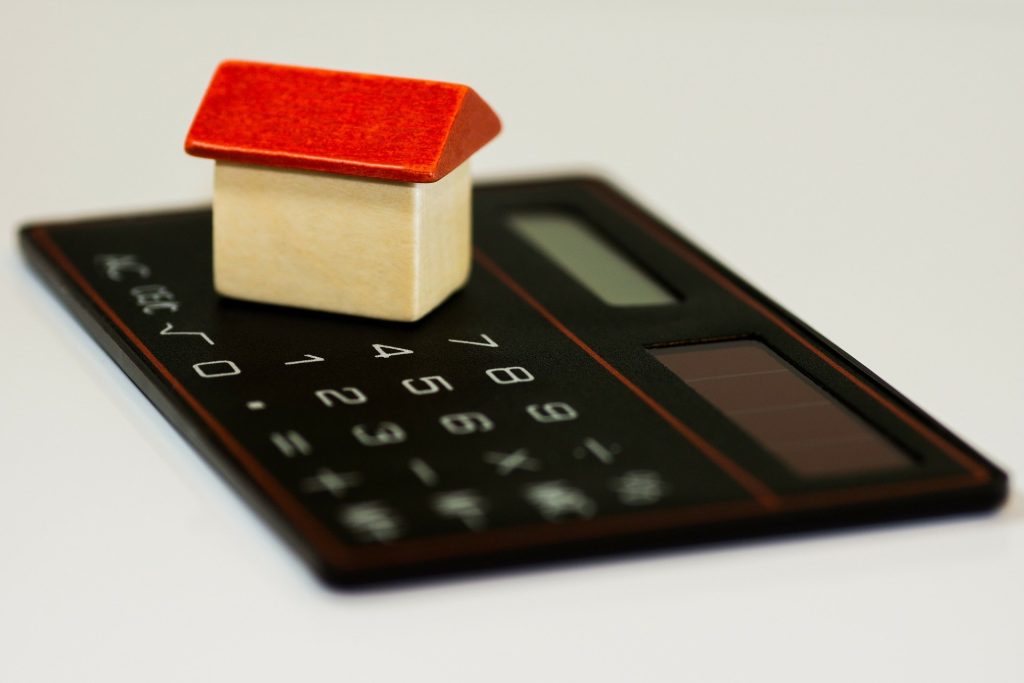Stamp Duty Land Tax – why this will increase as house prices rise and what you can do to reduce it
Stamp Duty Land Tax (SDLT) receipts were somewhat skewed in the last year as the SDLT holiday for properties worth up to £500,000 was phased out on June 30, 2021, and the holiday for properties worth between £125,000 and £250,000 ended on September 30.
These two deadlines resulted in a flurry of activity as people tried to complete purchases under the wire and avoid having to pay SDLT on their purchases. The result, according to Government data, was that transactions in October to December last year were 10% lower than the previous quarter, and 13% lower than Q4 2020.

Total receipts up in Q4 2021
However, despite this, total receipts in Q4 2021 were 22% higher than Q3 2021, and 55% higher than Q4 2020. This change in receipts will have largely been impacted by the lower residential nil-rate band of £125,000 for Q4 last year compared to £250,000 for Q3 2021 and £500,000 for Q4 2020.
House prices continue to rise, and while the thresholds stay the same, the receipts are likely to increase if property sales continue at the same pace.
2% SDLT surcharge for non-residents
One additional consideration is the application of additional taxes on properties bought by people who are non-resident in the UK. These purchases have faced a 2% SDLT surcharge since April last year. To the end of Q4 last year, this had resulted in 8,500 transactions paying £86m.
Possible ways to reduce SDLT
There are a few things you can do to mitigate your SDLT, including buying a property in a lower price bracket or negotiating a different price with the seller that brings you below a threshold. But beware, HMRC would be likely to take a dim view of any price cuts that mean you are buying a property for what would not be considered the full market value.
If you bought a second home and paid the additional 3% SDLT as a result, then if you sell your main residence within three years of completing on the second property, you may be able to reclaim a refund of the 3% surcharge amount. This could be a substantial sum and is worth considering if you plan to sell your main home soon after buying a second home.
You can also negotiate a price for removable fixtures and fittings that the seller is prepared to leave behind, as you only pay SDLT on the property purchase itself. This could reduce the price to drop you into a lower tax band, but HMRC insists this is done on a “just and reasonable basis” so you would need to make sure you get legal advice on how to do this properly.
First-time buyers also currently do not pay SDLT on properties worth up to £300,000 so providing you buy a property below this level, you will not pay SDLT.
You can also build your own property if that is something that appeals to you. You would pay the SDLT purely on the cost of the land purchased, which is likely to be considerably lower than buying a property already on the land. Extreme, yes, but an option for the right person.
Find out how we can help you
If you have a query about SDLT and how you can deal with tax, then please give us a call and we can guide you through what you can and cannot do to mitigate this tax.
